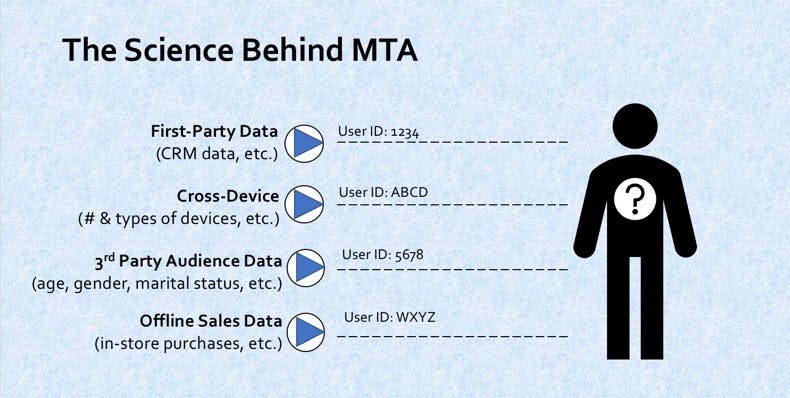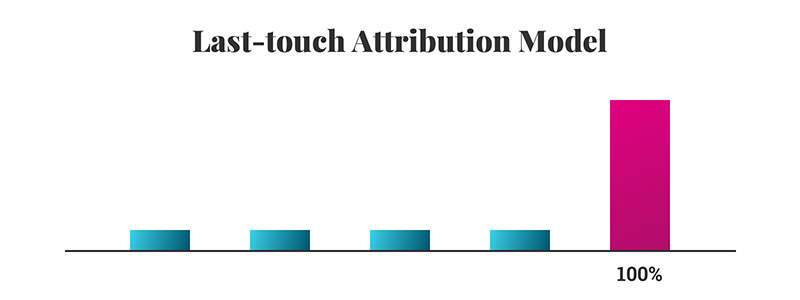

Single-touch attribution is still the most common way of attributing conversion credit. To clarify the concept, we are starting with models that attribute all conversion credit to just one touchpoint. Algorithmic or data-driven attribution: Follow machine learning principles to credit the most influential multi-channel touchpoints. Includes: Equal credit or Linear, U-shaped, W-shaped, Time decay, and Custom position. Rules-based attribution: Follows a predefined set of rules to credit all the possible touchpoints responsible for conversion. Suitable for large-scale marketing campaigns. First-touch attribution: Assigns credit to the first touchpoint.Ĭredits multiple touchpoints. Last-touch attribution: Assigns credit to the last touchpoint. Here’s a brief summary of the types of attribution models before we go into detail: ModelĬredits only one touchpoint. We’ll discuss the different models with the help of the example above where it took multi-channel touchpoints for User X to complete a purchase.
#Multitouch attribution Offline#
Results can be misleading if offline and online channels are both included.The algorithmic model is the most advanced and accurate attribution model.Time decay and custom position are the most commonly used multi-touch attribution models.Attribution can be done using predefined rules as well as through machine learning to achieve maximum accuracy.Marketing with MTA can help you better understand what channels and types of interactions a customer prefers.Multi-touch attribution breaks down the customer’s journey to find the individual contribution of each multi-channel touchpoint.To handle such scenarios, there are a number of models available that deduce the most influential multi-channel touchpoint or interaction for you in the customer’s journey. While for the rest, the reviews or the discount email influenced the desired conversion because they finally showed buyer intent. For others, social media may be the major factor since that’s how the user gained trust in the product’s company. Multi-touch attribution can make a huge difference here because the user goes through several touchpoints that each contribute to the final purchase.įor some models, the display ad deserves higher credit since that’s how the user came to know about the product. Day 10: They receive an e-mail from the automated flow with a discount for finalizing the purchase, along with an invite to an event.They are confident about their buying decision now, though delay it for some unknown reasons. Day 7: Before final purchase, they run a Google search to confirm the site’s reviews.


They visit the site to browse the products. Day 5: They receive an email for the first-time buyer discount code.Day 2: They find the company’s blog article in their social media feed and decide to subscribe to the email list.They browse the site but don’t order anything. Day 1: User X clicks on a display ad for a product.Imagine this example of how MTA works in practice: This helps avoid attributing ROI to the very last touch point before the conversion. Multi-touch attribution tools use models to systematize which touchpoints, channels, or campaigns contributed to the customer taking the desired action. Multi-touch attribution (MTA) is the method of attributing credit for a conversion to one or more touchpoints in the customer’s journey.


 0 kommentar(er)
0 kommentar(er)
